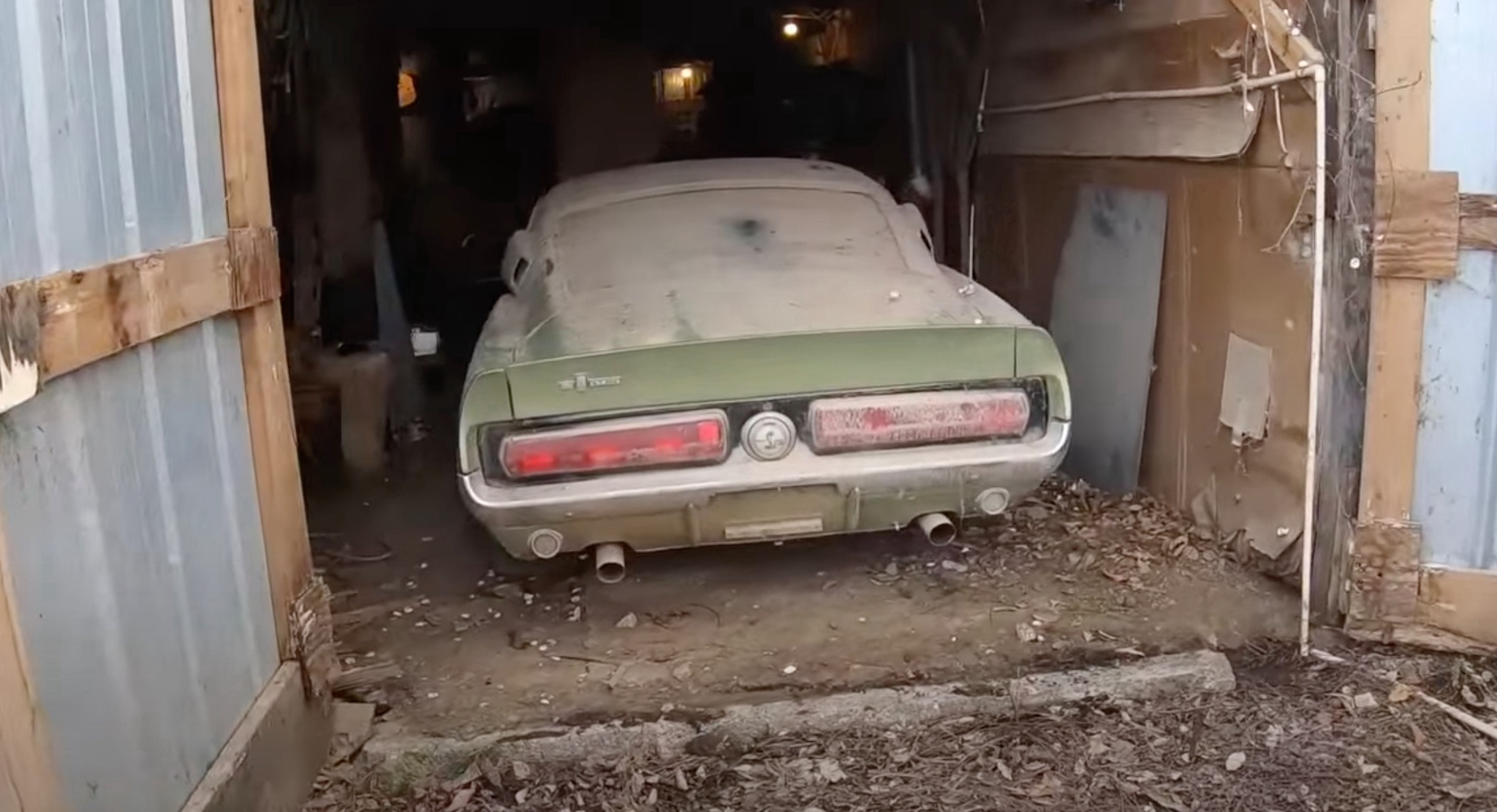
10 Ford Mustang Restoration Projects That Must Be Seen
Ford Motor Company sold one million Mustangs by 1966. By 1973, there were 2,979,130 of them on the road. This is the reason the Ford Mustang is considered an excellent restoration project--it is plentiful and so are its parts. It’s difficult to conceive how popular these first-gen Mustangs were. Imagine being able to afford a hot looking sports car with head-turning design innovations. The fastback slope was a game-changing look, and it was insanely popular. Upping the game, in 1967 Ford boasted the Ford Mustang Shelby GT500, packed a Le Mans winning engine. It came standard with an anti-roll race bar and drove like a race car. It was an incredible opportunity in time for car enthusiasts.
The popularity of the Ford Mustang makes the restoration process simpler than it is with other classic cars. With so many Mustangs out there, finding a used example is not that difficult. But the real upside to the plethora of old Mustangs all over the U.S. is that there are plenty of abundant parts. In addition to the great number of cars and parts, is the vast amount of documentation available. This streamlines the process of researching build information for a Mustang restoration.
A fully restored Mustang is both a glance back in time and a look forward. People who endeavor the start-to-finish process say it is an experience of a lifetime. Here, we have triumphant stories of Mustang enthusiasts reviving old ponies, and watching them gallop as swiftly as ever. Watch the transformations from an inoperable heap, to road worthy machines.
1967 Ford Shelby Mustang GT500

This story is about a collector who found a 1967 Shelby Ford Mustang GT500 in an Iowa barn and restored it to original condition. Why? So he could drive it.
Restoring the car to its original condition required research. Each part was scrutinized for factory numbers with corresponding dates. If engine parts differed from factory specs of the 1967 Shelby GT500, it was replaced. The owner of the car even tracked down the original owner’s friend to figure out why a 1968 427 Side-Oiler, a more powerful build, but not the right one, was installed. Turns out the original engine was blown by the first owner. He should’ve dropped in a 428 Shelby Le Mans. One was tracked down for $10,000, and in it went. It was an original build from the same week date-code as the restoration model, in perfect condition.
This car did retain some original stocked gems. The Shelby factory steering wheel was in great condition, the transmission, and even the alternator were stamped with the matching date codes, and much of the car’s original paint is intact. A rust removal project, using an acid solution that was rubbed on, removed rust in key areas. There was no sandblasting and repainting. To keep it original, the restoration preserved some cosmetic rust instead of making it a perfect paint job.
Most of the time we don’t know the cost of making a Mustang badass again. This owner divulged everything. Upon finding...
Post a comment